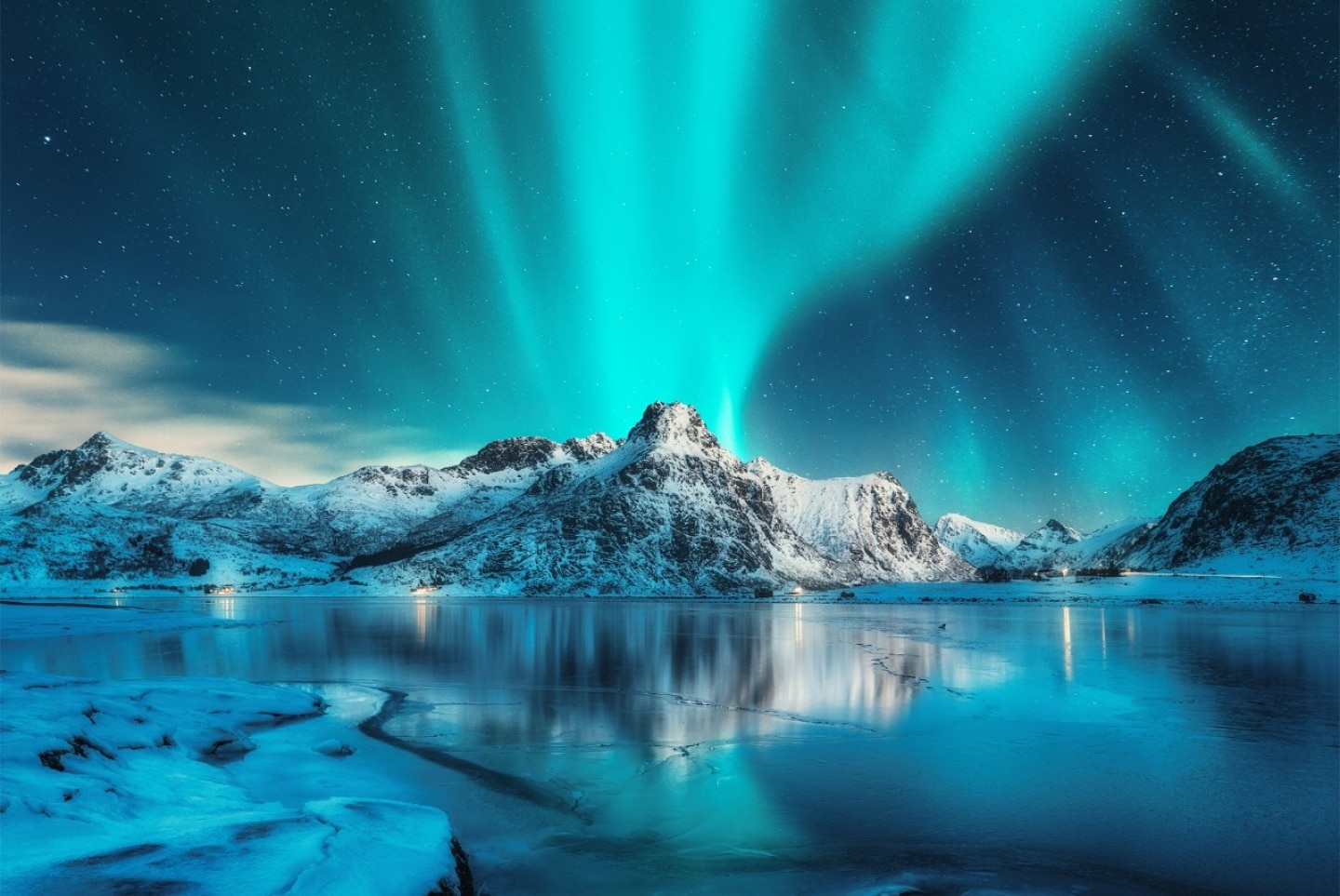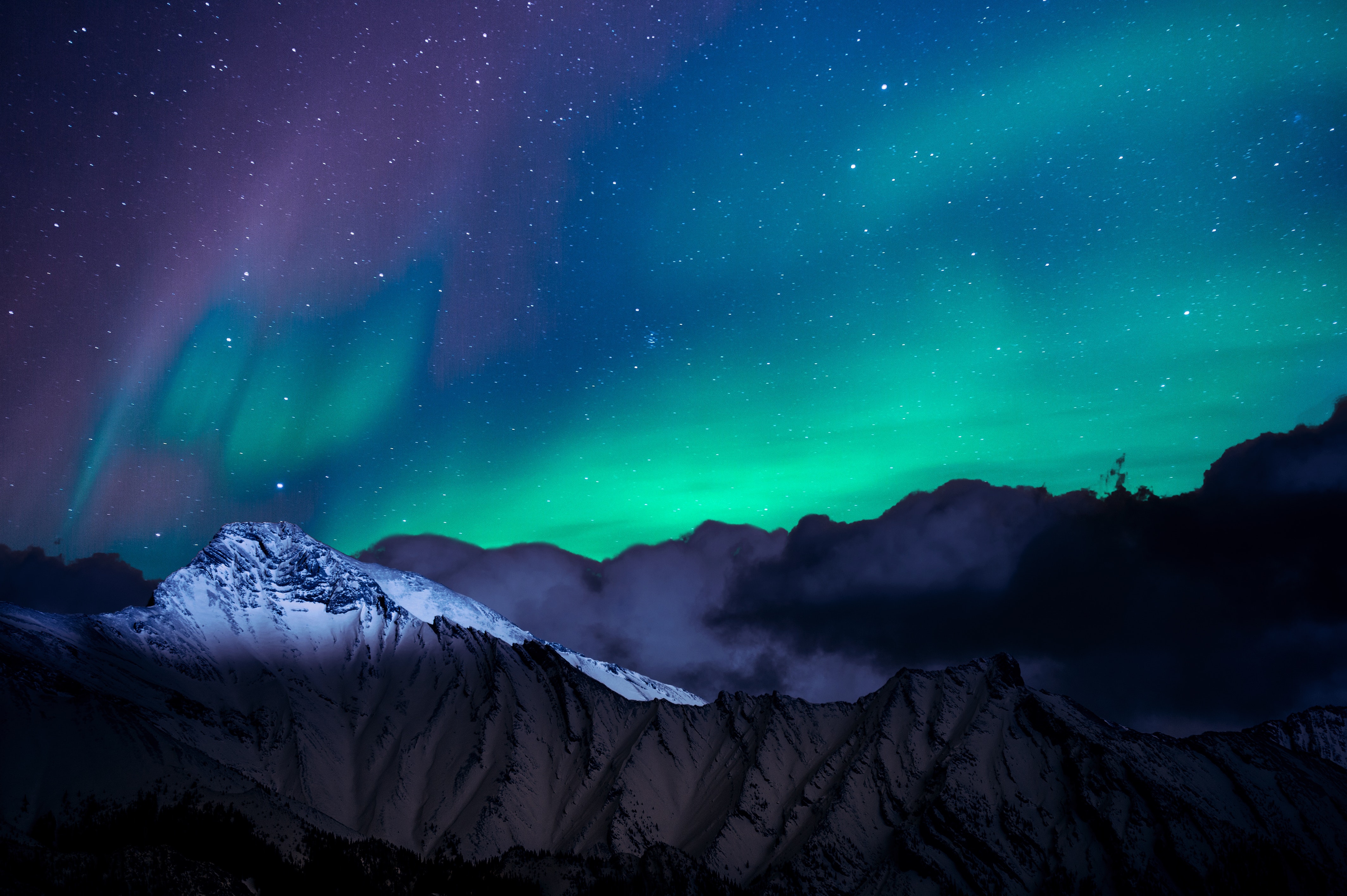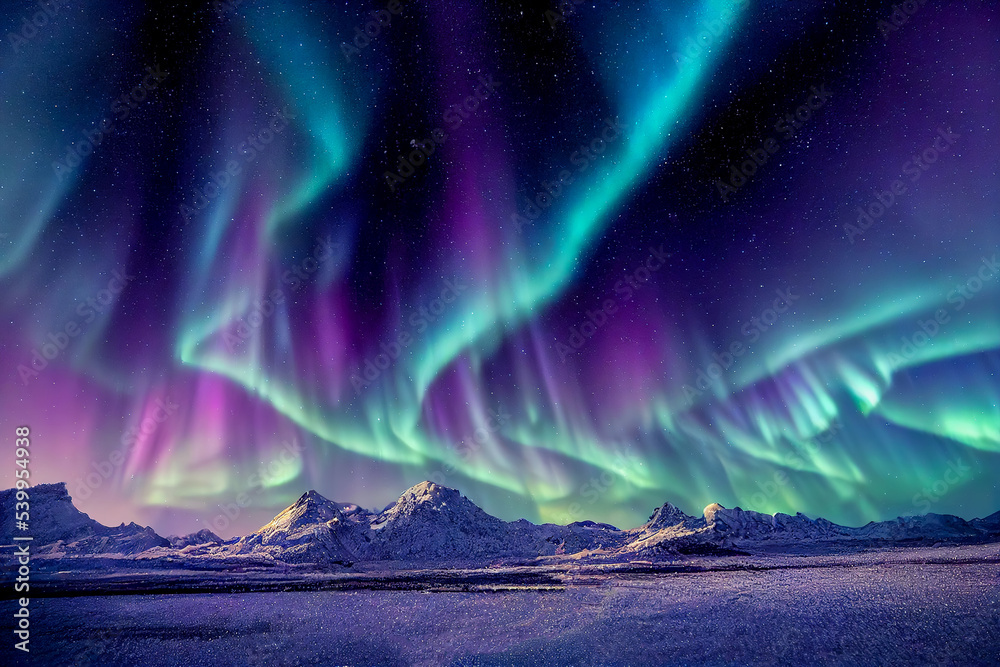Imagine standing under a vast, open sky, the air crisp and clear, when suddenly, a soft, ethereal light begins to dance above you. It’s a sight many dream of, a truly breathtaking display that feels almost otherworldly. We're talking about the aurora borealis, often called the Northern Lights, and for folks living in the United States, seeing this natural wonder is more than just a far-off fantasy; it's a real possibility, if you know where and when to look. There are, you know, specific spots where the chances are much better, especially when the conditions line up just right.
You might be thinking this kind of spectacle is only for places way up north, like, say, the very top of the globe, but that's not quite the whole picture. While the most consistent displays do happen closer to the Arctic Circle, there are, as a matter of fact, certain parts of our own country where these shimmering curtains of light can grace the night. It's a bit like predicting weather patterns, you know, where a sudden shift can bring something truly unexpected and delightful to your doorstep, or at least, a drive away.
So, if you’ve ever hoped to witness this incredible light show without needing a passport, you’re in pretty good company. We’re going to explore where in the United States you can catch a glimpse of the aurora, what makes it appear, and some things to consider for your viewing adventure. It's a rather exciting prospect, don't you think, planning for such a grand natural event?
- Karen Mean Girls
- Chris Carmack Movies And Tv Shows
- Brandi And Storage Wars
- Francesca Bridgerton Season 1
- 1000 Lb Best Friends
Table of Contents
- Where Do The Northern Lights United States Appear?
- What Makes The Northern Lights United States Shine?
- Are Northern Lights United States Visible Everywhere?
- When Is The Best Time For Northern Lights United States Viewing?
- Preparing For Your Northern Lights United States Experience
- What Are Some Prime Locations For Northern Lights United States Sightings?
- Capturing The Northern Lights United States
- The Feeling Of Seeing The Northern Lights United States
Where Do The Northern Lights United States Appear?
When you consider the northern portions of our country, that's really where the chances brighten for catching sight of the aurora. States like Alaska, of course, are almost a given, being so far up. But then you have places like Michigan, Minnesota, and Maine, which, you know, sit along that upper edge of the continental landmass. Even states like North Dakota, Montana, and parts of Washington can offer some truly remarkable viewing opportunities, especially when conditions are just right. It's not just the very tip-top, you see; a good portion of the northern United States is in the game for this light show. The key is to be in an area with less light pollution, far from the bright city glow, which, in some respects, makes it a bit of a trek for many city dwellers, like those in a major northern metro.
What Makes The Northern Lights United States Shine?
So, what exactly causes these lights to appear? Basically, it's all about what's happening with our sun. The sun, you know, sends out charged particles, a bit like a constant stream. When there's a strong burst from the sun, often called a solar flare or coronal mass ejection, it sends a much bigger wave of these particles our way. When these particles hit Earth's magnetic field, they're drawn towards the planet's poles. As they interact with gases in our atmosphere, like oxygen and nitrogen, they give off light. It's a lot like a neon sign, in a way, but on a cosmic scale. The different colors you see, whether it's green, pink, or even a touch of red, depend on which gas is being excited and at what altitude. It's a powerful natural event, and you can almost feel the energy, too, when you think about it.
Are Northern Lights United States Visible Everywhere?
No, not really everywhere, though sometimes a truly powerful solar event can make them visible much further south than usual. For instance, while you might hear about incredible sunsets at Englewood Beach, or a full-fledged heatwave in Chicago, those places are typically too far south for regular aurora sightings. The northern portions of the country, those states bordering Canada or very close to it, are your best bet. It's a matter of latitude, really, and how directly those solar particles are funneled into our atmosphere. Think of it like this: the further north you are, the more directly you're under that funnel of activity. So, while folks in St. Petersburg or Palatka might be dealing with high temperatures and rain, those looking for the aurora are hoping for clear, cold, northern skies.
When Is The Best Time For Northern Lights United States Viewing?
Timing is pretty important for catching the Northern Lights in the United States. Generally speaking, the colder, darker months are better. That means late fall, winter, and early spring. The longer nights, you know, give you a much bigger window for the lights to show themselves. And, of course, you need a clear sky. A bit like how a summer 2025 weather thread might discuss storms developing, you want the exact opposite for aurora viewing – no clouds, no rain. A truly dark sky, far from city lights, is absolutely essential. So, while folks might be discussing dew points at Florida levels in Chicago, aurora hunters are hoping for crisp, dry air and perfectly clear conditions up north.
Preparing For Your Northern Lights United States Experience
If you're planning a trip to see the Northern Lights, there are a few things you should consider. First, check the aurora forecasts. These are like weather reports for space, predicting how active the sun will be and where the lights might be seen. Second, dress warmly. Even if it's not a full-fledged heatwave, northern nights can be very, very cold, especially when you're standing outside for a while. Think layers, hats, gloves, and good boots. Third, find a spot away from light pollution. Even a small town's lights can dim the view. You want a place that feels remote, perhaps like the quiet areas away from a bustling northern Virginia, or places with fewer transitional border city elements, allowing for a truly dark canvas above. Fourth, be patient. The lights don't always appear on cue, and they can be quite fleeting. Sometimes, you know, it's just a matter of waiting it out.
What Are Some Prime Locations For Northern Lights United States Sightings?
Beyond Alaska, which is practically a given, some fantastic spots in the lower 48 states include northern Minnesota, particularly around the Boundary Waters Canoe Area Wilderness. Then there's northern Michigan, especially the Upper Peninsula, which offers some incredibly dark skies. Maine, too, has some very good viewing areas, particularly its more remote, northern portions. In the west, parts of northern Montana and Idaho can also deliver, especially when a strong solar event occurs. Even places like northern Washington State, away from population centers, can be quite good. It’s not like trying to find a specific Walmart Supercenter; it's more about getting to a truly dark, open space, where the natural light show can truly shine without interference.
Capturing The Northern Lights United States
If you're hoping to photograph the aurora, you'll need a camera that can handle low light, like a DSLR or mirrorless camera, and a tripod. Long exposures are key to capturing the full beauty of the lights. It's a bit like trying to capture a beautiful sunset; you need the right settings to truly bring out the colors and details. Your phone might not quite cut it, though some newer models are getting better. You know, it's really about letting in as much light as possible over a period of time. It takes a little practice, but seeing your photos of the Northern Lights later is a pretty rewarding experience, honestly. Just make sure your batteries are charged, as cold weather can drain them quickly.
The Feeling Of Seeing The Northern Lights United States
Witnessing the Northern Lights is an experience that stays with you, pretty much forever. It's a humbling sight, making you feel very, very small in the grand scheme of things, yet utterly connected to the universe. People often describe it as magical, a truly spiritual moment. It's not just a light show; it's a reminder of the incredible power and beauty of our natural world. Whether you're in a quiet spot in northern Minnesota or a remote part of northern Maine, the feeling is much the same. It's a moment of pure wonder, a kind of awe that you don't get every day, and it's something, too, that many people are just hoping to experience at least once in their lives.


